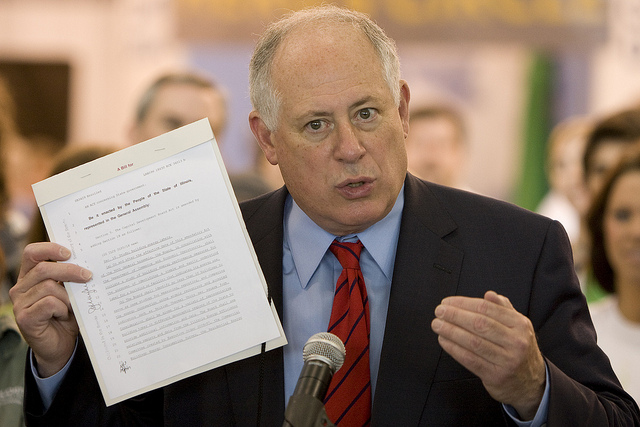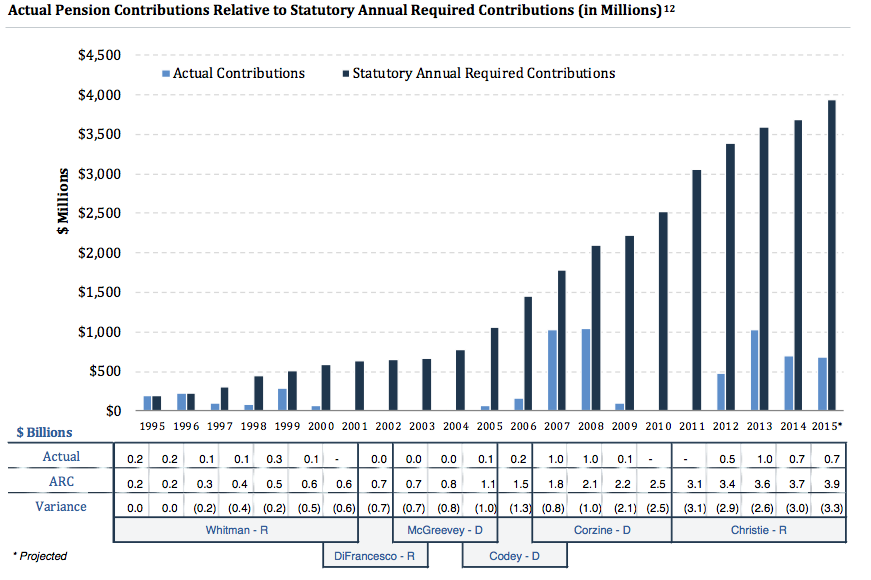The San Diego County Employees Retirement Association (SDCERA) board voted last week to retain its controversial chief investment officer, Lee Partridge, and his firm, Salient Partners.
The vote was 5 to 4, and trustees on both sides of the vote were adamant about their position.
But did one trustee go to0 far while lobbying to keep Partridge? Board Vice Chairman David Myers may have breached a code of ethics when he sent emails to his subordinates asking that they vouch for Partridge. From the San Diego Union Times:
Before the county pension board met last week and decided to keep its Texas consultant in charge of investments, Vice Chairman David Myers urged retired employees to email the agency to voice support for Lee Partridge and Salient Partners.
Myers’ request also was sent to current workers, including his own subordinates at the Sheriff’s Department. The communications raise the question of whether Myers put undue pressure on rank-and-file employees to send emails on a political matter.
Two weeks ago, when U-T Watchdog asked Myers whether it was appropriate for a senior commander to make such requests of subordinate employees, he declined to respond.
The San Diego County Employees Retirement Association responded on Myers’ behalf, saying he only contacted retirees — not the hundreds of deputies that serve beneath him.
But in emails since obtained under the California Public Records Act, Myers states that he included his own subordinates in his effort to retain Partridge’s services, sending them a three-page letter in support of Partridge’s contract and asking them to advocate for it.
“I sent to all law enforcement members, active and retired,” Myers wrote to pension system CEO Brian White on Sept. 24, adding that all 40 responses he received were positive. “I am asking them to also communicate that message via email to SDCERA.”
There may be further emails from Myers to employees on the subject. The county has delayed release of five additional emails pending input from the pension system.
Those actions could be in breach of the SDCERA Code of Ethics, according to U-T San Diego:
The SDCERA Code of Ethics says trustees must remain objective and says “misuse of influence” is unacceptable. The code does not specify what types of misused influence are at issue, and agency officials declined to discuss Myers’ actions.
Jan Caldwell, a spokeswoman for the Sheriff’s Department, said there is no issue with Myers’ communications with front-line staff.
“The San Diego County Sheriffs’ Department does not have a policy or procedure that would preclude an employee representative of the County’s Retirement Association from communicating to county employees on matters of interest to county employees relating to their retirement system,” she said.
Bruce Cain, a political-science professor at Stanford University, questioned the wisdom of a higher-up asking subordinates to become activists in any cause.
“Typically you don’t want senior people engaging in this kind of thing because it could be perceived as pressure,” Cain said.
Max Neiman, senior research fellow at the Institute of Governmental Studies at the University of California, Berkeley, agreed, saying, “I would find that unseemly, if not a violation of ethics or the law.”
SDCERA spokesmen have maintained that Myers didn’t violate any ethics codes.









